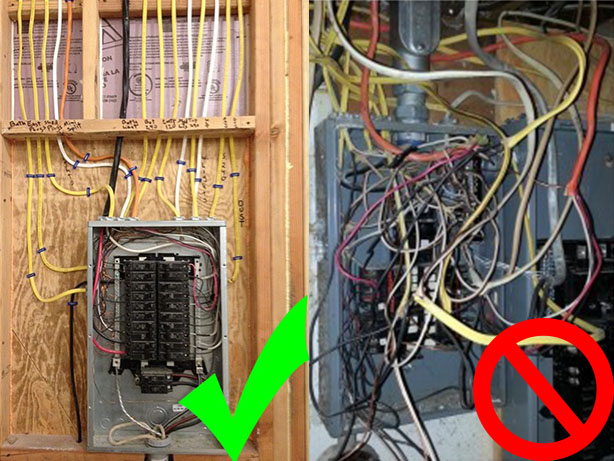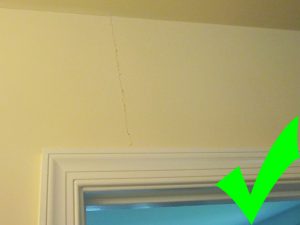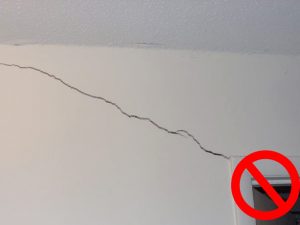Designer’s Desk: How do you know if a house has good bones?
New construction has its appeal, but the character and charm of an old home is something that can’t be replicated. However, when it comes to real estate listings, phrases like “full of character” can be code for a host of alarming issues. If you’re considering purchasing an older home, it’s important to be able to identify red flags on your own because that “charming 3 bedroom in need of some TLC” may actually be a money pit.
I consider myself fortunate because fixing up older homes is not just my passion, it’s also my profession. As such, I have a network of super smart and experienced construction professionals who have seen it all. I sat down with a few of them to come up with a list of helpful tips. Here are 8 things to keep in mind when searching for a house with good bones:
 1. Smell the Basement
1. Smell the Basement
A dry basement is a sure sign that a house has good bones. Even if there are no visible clues that moisture is getting in, the smell will tell. If the basement smells dry, it means the house probably has good grading, drainage, and waterproofing.
2. Find Unfinished Spaces
Look for an unfinished basement, utility room or attic space. Some people might see an unwanted project, but these spaces are actually a plus. They give you a chance to peer into the structure. Take the opportunity to check the condition of the floor joists, plumbing pipes, and duct work.
3. Are the Floors Level?
A nice, level floor indicates good structural support. If you up look to where the ceiling and the wall meet, the corner crease should be fairly straight. If it looks wavy or dips down in the middle, the floor joists above are sagging and may need reinforcement. You can also check for sagging or tilting by measuring the ceiling height at various points in the room. Some variation is normal, but it should not be off by more than 1” at any point. Below you’ll find an example of sagging floor joists, visible from the floor below. Without crown molding, the sagging would be even more visible.

4. Do the “Bounce Test”
Stand on your tiptoes then drop down hard on your heels. Do this at various points in the house to test the deflection in different areas. All wood framed floors are going to have some deflection, but you don’t want it to feel like your jumping on a trampoline. Too much bounce is an indicator of insufficient structural support.
5. Look for Cracks
Sometimes structural issues reveal themselves in unexpected ways. Something as small as a crack in the drywall could be sign of larger structural issues. Straight, hairline cracks above openings or at joints, like the one pictured below to the left, are nothing to be alarmed about. If you see jagged, diagonal cracks that are wider than 1/8”, like the one below to the right, the house may have settlement issues or insufficient framing.
6. Know your History
Knowing a little bit about the era in which the home was built can go a long way. For example, pre-WWII homes are often constructed with higher quality building materials than post-WWII homes, when there was an explosion of tract housing due to the influx of soldiers returning home from war.
7. Newer is Not Always Better
If previous owners have done renovations, you want to make sure the work was done properly, particularly when it comes to mechanical, plumbing, and electrical work. Go into the mechanical room and check to see if the if the plumbing and duct work looks neat and organized, same with the electrical. If the electrical panel looks like a mess of spaghetti-like wiring and the labels are impossible to decipher, that’s not a good sign. Compare the two photos below.

8. Have Trustworthy Professionals on your Side
Find a good home inspector and construction professionals who can give you sound advice. Some remodelers offer purchase and pre-purchase consultations to assist homeowners understand home inspection reports and plan realistic remodel projects.
To bring you these tips, I picked the brains of a few members of BOWA’s production management team:




Doug Horgan Mick Spring Ken Ivey John Wiacek
These guys are total construction nerds and a wealth of knowledge when it comes to the subject of remodeling.
I hope after reading this, you take away some nuggets that can help you in real life situations when determining if a house has good bones.
The use of this content is for the purposes of education consistent with 17 USC §107.
This article first appeared on BOWA’s website at: bowa.com/good-bones-designers-desk-stephanie-dickens
OTHER POSTS




